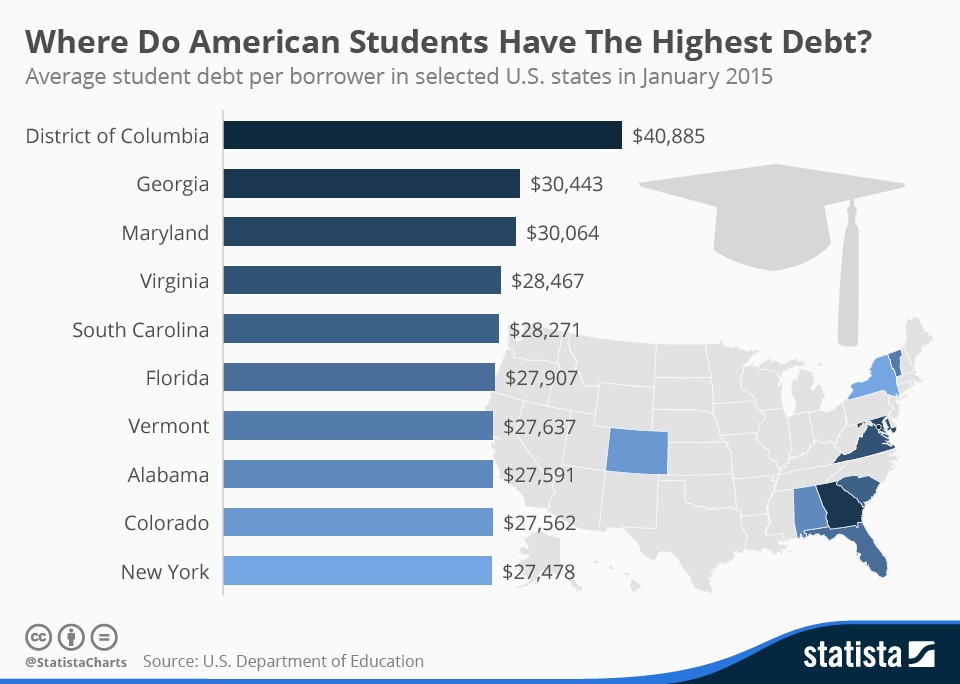5 Ways Students Can Graduate Fully Qualified for the Fourth Industrial Revolution

The world is changing quickly and to keep pace, higher education must innovate.
As students consider their options for higher education, they must ask themselves: will the cost of my education be repaid by its value? Will my education allow me to balance technical skills at risk of being replaced by automation, with timeless “soft” skills? Will my education prepare me for a career, and will that career even exist by the time I’m ready to join the workforce?
The answers to these questions are not simple. Leading up to the G7 summit in Montreal, The Montreal AI Ethics Institute gathered input from about 400 people on the topic of the “Future of Work” to bring diversity and on-the-ground experience from citizens to the discussions at the summit. Two significant concerns brought forth via the engagement process were the lack of nuance and evidence-based research in the understanding of the future of work and education.
The challenge of underemployment
According to a report by Burning Glass and the Strada Institute, 43% of recent college graduates in the United States are underemployed in their first job out of college. Of those graduates, two-thirds remain underemployed after five years and a full half remain so after 10 years.
This underemployment contributes to the devastating problem of student loan debt, which currently totals more than $1.5 trillion in the United States alone. Among the more than 44 million US borrowers, the average debt load is over $37,000, and some owe substantially more.

Rethinking higher education
Positive changes have begun to take hold in higher education on a small scale. These innovations, updates and refocused ways of thinking about higher education have proven successful in individual schools, leading to better outcomes for students and thus for the economy at large. If ideas like these could take broader hold over the coming years, higher education could become more effective for students, educators and employers.
Condensing the academic experience
A traditional four-year degree is widely considered the standard requirement for career success. But in a wide range of fields, four years of higher education is superfluous. Rather than demanding that students arbitrarily extend their education over the course of four years, more focused, affordable and practical alternatives should be encouraged.
Doing away with focus on credentials
According to The Atlantic, the average education level across 500 occupational categories increased by 1.2 years from the mid-1970s to the mid-1990s. Over the same period, the education required to hold those positions did not rise. The implication is that workers obtained (and paid for) more education to do the same jobs.
Aligning the incentives of students and educational institutions
One way to align the incentives of students and educational institutions is to do away with or supplement traditional tuition models with Income Share Agreements (ISAs).
Forging stronger ties between industry and education
When institutes of higher learning partner with industry, everyone benefits. Students get increased access to mentors and internships, schools improve the relevancy of their curriculum, and companies get the first pick of rising talent.
Implementing project-based learning
Modern careers require creativity, critical thinking, interpersonal skills, writing ability, presentation skills and negotiation. Crafting and presenting a reasoned argument, asking the right questions and seeking out the answers – these are skills that must be taught in combination with any sort of technical education. One way to integrate these real-world skills into the classroom is through project-based learning. By having students plan, design and execute their own projects, they learn to function as they will in our ever-evolving job market.
(Source :
https://www.weforum.org/agenda/2019/01/how-students-can-graduate-qualified-for-fourth-industrial-revolution)